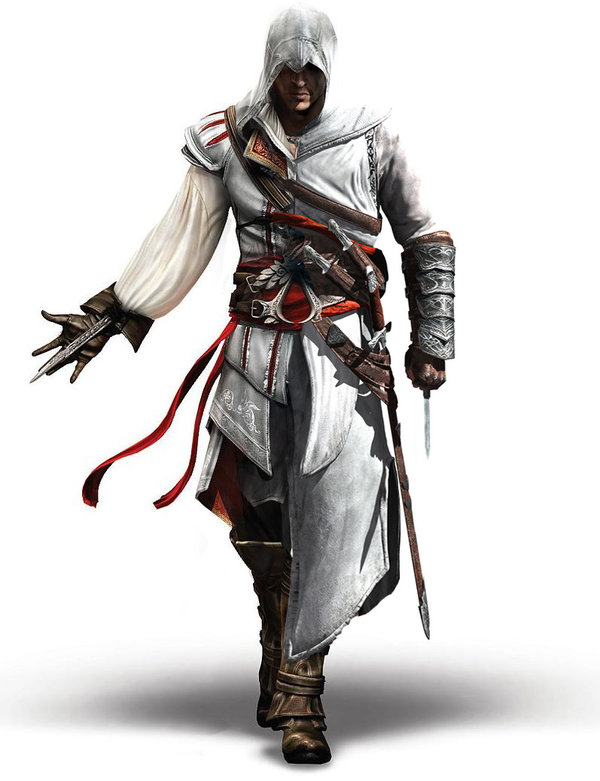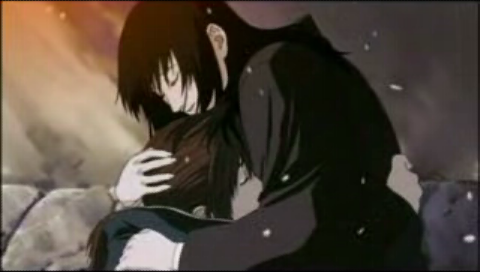
This
month, the final movie of the live-action Rurouni Kenshin trilogy was released,
and fans of the anime series all lined up to watch Kenshin’s final battle. Rorouni
Kenshin has been such a popular series for Philippine Otaku, particularly to
the ones who avidly watched it in the 90s. It’s so popular among Filipinos that
when the live-action movie was announced, dozens of fans petitioned SM Supermarket
to release it on theaters here in the Philippines, and sure enough, the release
was such a great success that when the sequels were announced, Ayala Malls also
jumped to the chance to release it in their cinemas as well.

SM was still able to get the Lupin Movie though. Curses!
Rorouni
Kenshin (translated to “Wandering
Kenshin”) follows the journey of former assassin Kenshin Himura who, after
years of slaughtering enemies of the government, vowed a life of pacifism. He
promised never again to take a human life, and he wields a sword with a
reversed edge, in order to use his skills to defend the weak. The series is
rich with well-rounded characters, heart-wrenching stories, and spectacular
action that it’s no wonder many Filipinos have managed to be devoted fans after
so many years. What people don’t know, however, is that their hero, Kenshin
Himura, is based on an actual samurai of the 1800s: Kawakami Gensai

Ladies.
Back
in the 1850s, Kawakami Gensai was considered as one of the deadliest swordsmen
during the Edo Period. He is one of the four Hitokiri of the Bakumatsu Period (Hitokiri literally translates to “Man-Slayer”). His style of
sword-fighting, Shiranui-ryu, is
noted for its use of speed (Kenshin’s technique, Hiten Mitsurugi-ryu, is roughly based on Gensai’s style).

it still doesn't hold a candle to lightsaber fighting.
Born in 1834 in Kumamoto, Gensai
entered the Jishukan to follow his
academic and martial arts courses. At the age of 16, he was given a job at the
Kumamoto castle as a cleaning boy. Despite the menial position, Gensai still
found himself spending his free time brushing up on his skills, even learning
the art of the Japanese Tea Ceremony (sado)
and Flower Arrangement (ikebana).

cause the ladies love that shit.
In the 1850s, the shogunate that Gensai
was serving had a sequence of unfair treaties, which angered Gensai, and he
returned to his hometown. There he joined a school of philosophy under Hayashi
Oen. After studying Oen’s kinno philosophy
Gensai returned to Endo in the 1860s.
One of Gensai’s most notable
acts is during the Ansei Purge. He encountered a group of escaping assassins,
and Gensai calmed them down and held a tea ceremony, and told the men for his
admiration of them. In 1861, he married Misawa Teiko, a woman who was also
skilled in martial arts, specializing in using the naginata (a japanese spear). They also had a son named Gentaro.
From that point, Gensai
performed security duties in Kumamoto, until he lost his mentor to a Shinsengumi
raid in Idekaya. Gensai then carried out his most famous assassination of them
all: The assassination of Shakuma Shozan with one stroke, in broad daylight.
This was the only confirmed assassination by Gensai, as all other
assassinations could be attributed to him, this is the only one that can be
proven.

bet he didn't dress like this guy when he did it.
After
a while, Gensai fought in a couple of battles, but surrendered to Kumamoto
forces at a battle in Kokura. He was the imprisoned until after the Meiji
Restoration. When he was released, he changed his name to Takada Genbei, and
continued to serve the Kumamoto Domain as a military officer and teacher. He
was imprisoned again after for harboring a bunch of stragglers with an old
comrade, Oraku Gentaro. He was then executed in 1872. He was 37 years old.
So
Gensai didn’t have the happy ending like Kenshin did in the manga, but Rurouni
Kenshin was one hell of a show, and we have Kawakami Gensai to thank for it.

the anime was brutal though
Nice article. This is one of my favourite anime flicks, but I never watch the real life movies. I feel they are not as good.
ReplyDelete